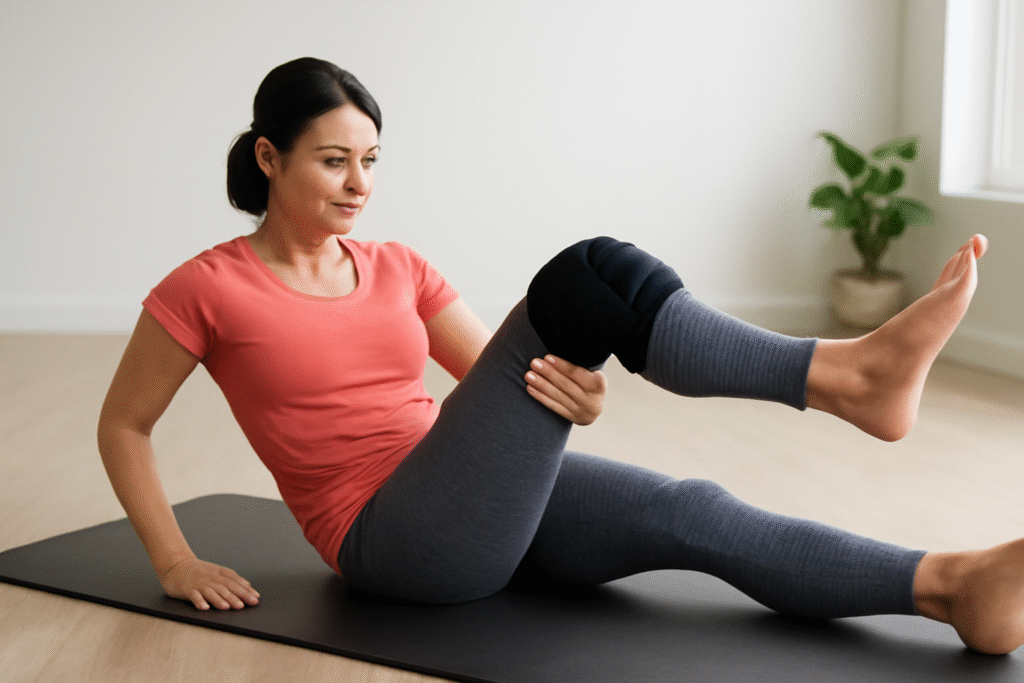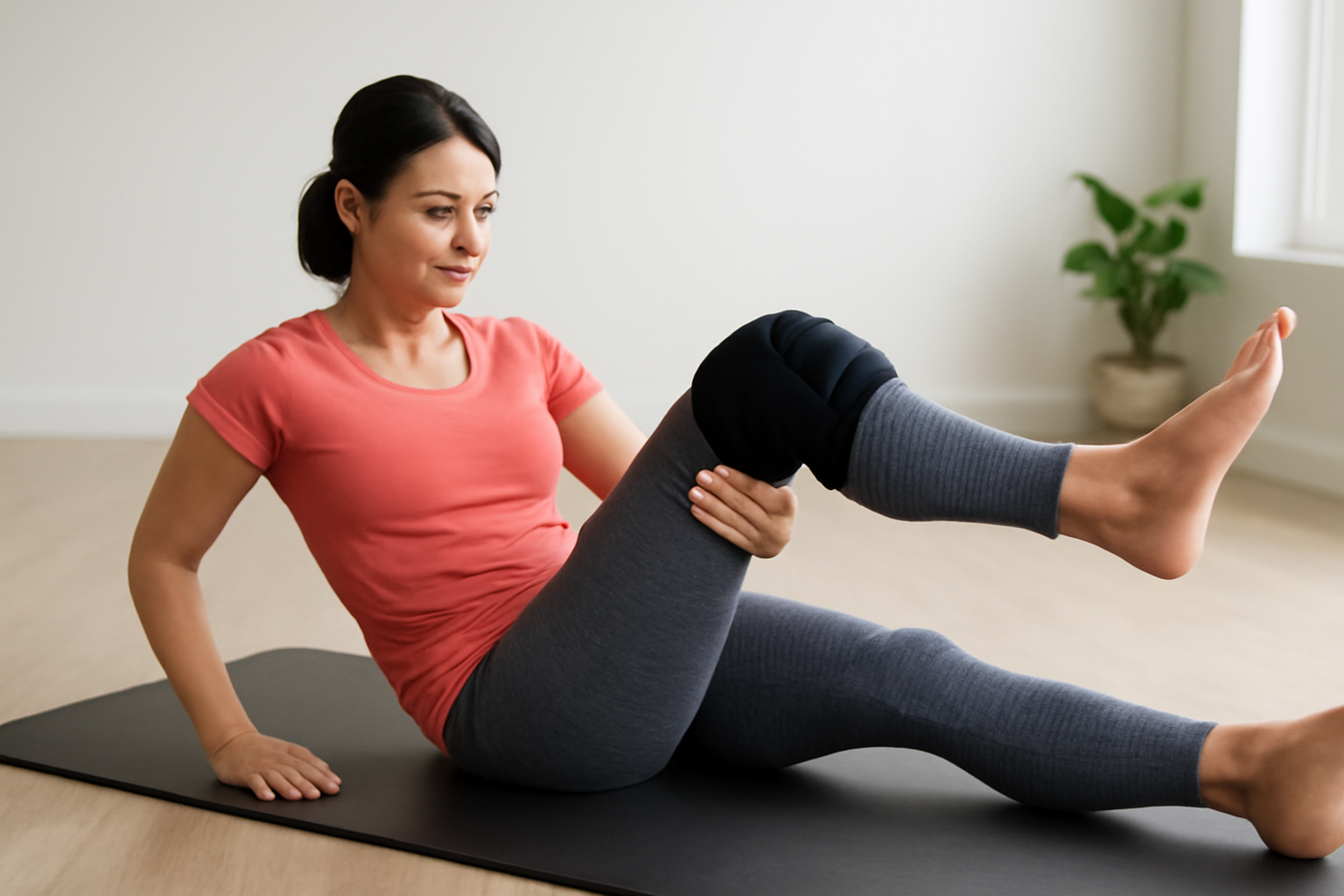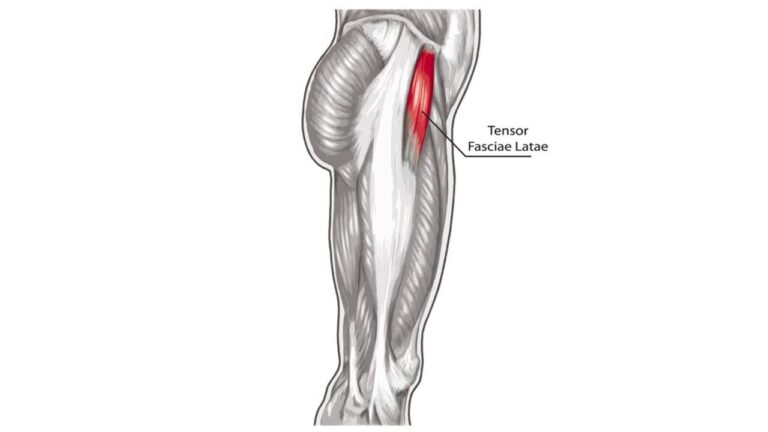A Safe Guide to Starting Your Workout Routine After a Knee Injury
Recovering from a knee injury can feel like a long and frustrating journey, especially when you’re eager to return to your workout routine. Whether you’ve suffered an ACL tear, meniscus injury, or tendinitis, getting back into shape requires patience, careful planning, and a gradual approach. This guide will help you start your workout routine again safely and effectively after a knee injury.

Table of Contents
Understanding Your Knee Injury
Before diving back into exercise, it’s essential to understand the nature of your knee injury. Common knee injuries include:
- ACL Tears: Damage to the anterior cruciate ligament, which provides stability to the knee joint.
- Meniscus Tears: Damage to the cartilage that cushions the knee joint.
- Patellar Tendinitis: Inflammation of the tendon connecting the kneecap to the shinbone.
It’s important to consult with a healthcare professional for a proper diagnosis and rehabilitation plan. Physical therapy plays a significant role in recovering mobility and strength in the knee, so be sure to follow the guidance of a physical therapist.
The R.I.C.E. Method – Your First Step
Once your knee injury has been diagnosed, the initial recovery phase typically involves the R.I.C.E. method:
- Rest: Give your knee the time it needs to heal. Avoid activities that put stress on the knee.
- Ice: Apply ice to reduce swelling and pain. This is crucial in the first 48 hours after an injury.
- Compression: Wrap your knee with a compression bandage to minimize swelling.
- Elevation: Raise your knee above heart level to help reduce inflammation.
These first few steps are vital for managing pain and swelling, setting the stage for your recovery.
Gradual Reintroduction to Activity
Rushing back into intense workouts can be detrimental to your knee’s healing process. Begin with low-impact exercises to ease the knee back into physical activity. Some excellent choices include:
- Swimming: The buoyancy of water reduces stress on the knee while providing a full-body workout.
- Cycling: Stationary bikes are a low-impact way to build strength and improve flexibility.
- Walking: Start with short, easy walks on flat surfaces and gradually increase your distance.
Pay close attention to how your knee feels during and after exercise. If you experience pain or discomfort, it’s crucial to stop and allow for further recovery.
Strengthening Exercises for Knee Support
As your knee heals, it’s time to focus on strengthening the muscles around it to improve stability and reduce the risk of re-injury. Strong muscles, especially the quadriceps, hamstrings, and calves, help protect the knee joint. Here are a few exercises to get started:
- Straight Leg Raises: Lying flat on your back, extend one leg and slowly raise it to about 45 degrees, then lower it back down. Repeat for 10-15 reps.
- Quad Sets: Sit with your leg extended. Tighten your quadriceps by pressing the back of your knee into the floor. Hold for 5 seconds, then release.
- Hamstring Curls: Stand and bend your knee to bring your heel toward your buttocks, then slowly lower it back down.
- Calf Raises: Stand with your feet shoulder-width apart, and lift your heels off the ground, then slowly lower back down.
Always maintain proper form during these exercises and progress gradually. If you’re unsure about your technique, seek guidance from a physical therapist.
Flexibility and Mobility Work
To regain full range of motion in your knee, it’s essential to include stretching and mobility exercises in your routine. Flexibility exercises help reduce stiffness and improve overall mobility. Here are some stretches to focus on:
- Hamstring Stretch: Sit with one leg extended and gently reach toward your toes to stretch the back of your thigh.
- Quadriceps Stretch: Stand and pull one foot toward your buttocks to stretch the front of your thigh.
- Calf Stretch: Stand facing a wall, place one foot behind you, and press the heel down to stretch the calf.
Incorporating foam rolling and mobility drills can also help restore flexibility and reduce muscle tension around the knee.
Monitoring Progress and Adjusting Plans
Tracking your progress is essential to ensure that you’re progressing at a safe pace. Keep a workout journal that includes the exercises, sets, reps, and any pain or discomfort you experience. This will help you adjust your routine if necessary and notice patterns in your recovery.
If you encounter significant pain or swelling, don’t push through it. Consult with your healthcare provider or physical therapist for advice on adjusting your program. Be mindful that recovery takes time, and it’s important to listen to your body.
Preventing Future Knee Injuries
Once you’re back to your regular workouts, it’s important to focus on injury prevention strategies. Consider the following to keep your knees healthy:
- Strength Maintenance: Continue strengthening the muscles around the knee, even after you’ve recovered.
- Balance and Proprioception Exercises: These exercises help improve coordination and prevent falls or awkward movements that may strain the knee.
- Proper Footwear: Wearing shoes that provide good support and fit properly can prevent unnecessary stress on the knee joint.
- Gradual Intensity Increases: Avoid suddenly increasing the intensity or volume of your workouts to minimize the risk of re-injury.
By implementing these strategies, you’ll reduce your chances of facing knee problems in the future and stay active safely.
Conclusion
Returning to exercise after a knee injury is a gradual process that requires care, patience, and consistency. Starting with low-impact activities, focusing on strengthening exercises, and gradually increasing intensity will help you regain strength and confidence in your knee. Always listen to your body, and don’t hesitate to seek guidance from a medical professional. With the right approach, you’ll be back to doing what you love while ensuring long-term knee health.




